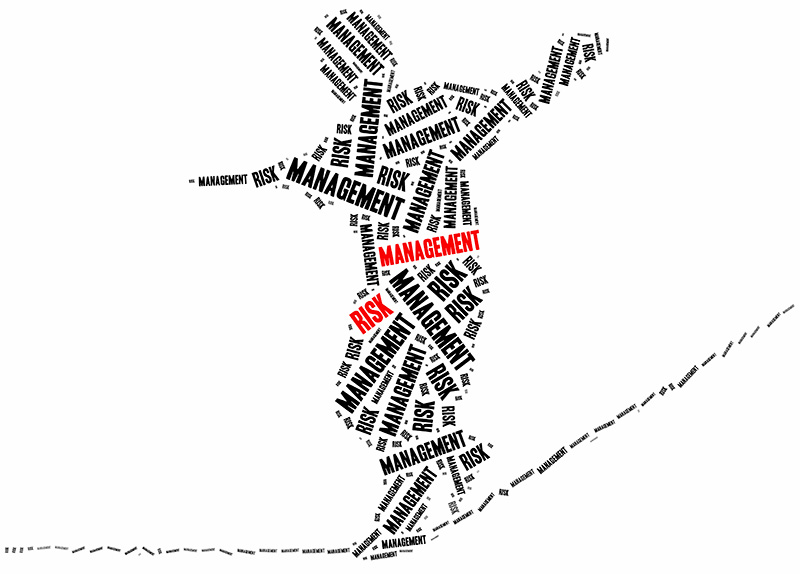4 Key Assessments to Strengthen Your Organizational Security

The ever-increasing interdependence among technology, people, and rapid globalization means that security breaches have become an expected part of doing business. For organizations to develop resilient and successful organizational security, they must take an integrated and collaborative approach. Their approach must involve every key stakeholder working together to monitor, understand and proactively address risks and threats.
For too long, organizational security has been implemented through a compartmentalized and often transactional model. Working more like an in-house legal department than an integrated team member, security often has been brought in late during the decision-making standpoint, primarily to vet requests for strategies already developed by and approved other company stakeholders.
As the lines between employees, customers, the organization and the marketplace continue to blur, resiliency will require that organizational security structures underlie every part of the business. No longer thought of in terms of department or source of pointed security tactics (like ID badge readers), it must become a comprehensive function if it is to create and sustain real value.
The Model of Organizational Security in the Modern Era
Insular organizational security measures are no longer effective. Today’s model blends physical and cyber security. It is integrated and risk-based, and requires open conversation and collaboration. Less about instituting controls or prevention efforts, today’s model is more about enabling resilience and proactivity.
Succeeding in this new mindset requires a shift in corporate mindset toward convergence. With the current (and rising) level of hyperconnectivity, the volume and risk have risen significantly. To remain proactive in an environment where threat is prevalent from all directions, including within the organization itself, the goal of security has to be on anticipating and mitigating risk.
Instituting a fully integrated, proactive security structure requires performing a comprehensive assessment of how effectively your organization has built and engaged this function:
Role Assessment
Review your current security functions. Evaluate where they exist in the org chart, to what degree they are compartmentalized or integrated throughout the organization, and if the role is sufficient to the task of staying ahead of internal and external threats. Does security have a seat at the table when you make organizational decisions?
Culture Assessment
Evaluate your corporate culture. Does it enable employees to do what is necessary to keep the organization intelligent about risk and promote proactive mitigation? How empowered and motivated are your security specialists to gain, share and secure knowledge across the organization and its stakeholders?
Strategy Assessment
Determine the degree to which organizational security is already integral to your planning and anticipatory processes. Is security part of strategy building phase, or is it a consideration taken after strategies have been otherwise approved by the other departments and stakeholders?
Risk Management Assessment
The mere process of integrating security throughout the organization has a secondary benefit. It naturally engages a forward-looking risk assessment practice that begins at the ideation phase. Consider the point at which that assessment begins in your organization, and the value which that assessment can create throughout the entire strategy design process.
To be effective, organizational security must be predictive, proactive, and resilient. Ultimately, these figures may be your best resource for understanding the risk landscape, planning for ways to mitigate threat, and adapting strategies to remain able to innovate with confidence in the ecosystem. The level of risk is only growing as the world becomes more connected. By building a security discipline that reaches across every facet of your operations, your organization is better postured to remain positioned for sustainability into the future.
It is time to integrate security throughout the organization.
- Categories
- Security and Resilience

